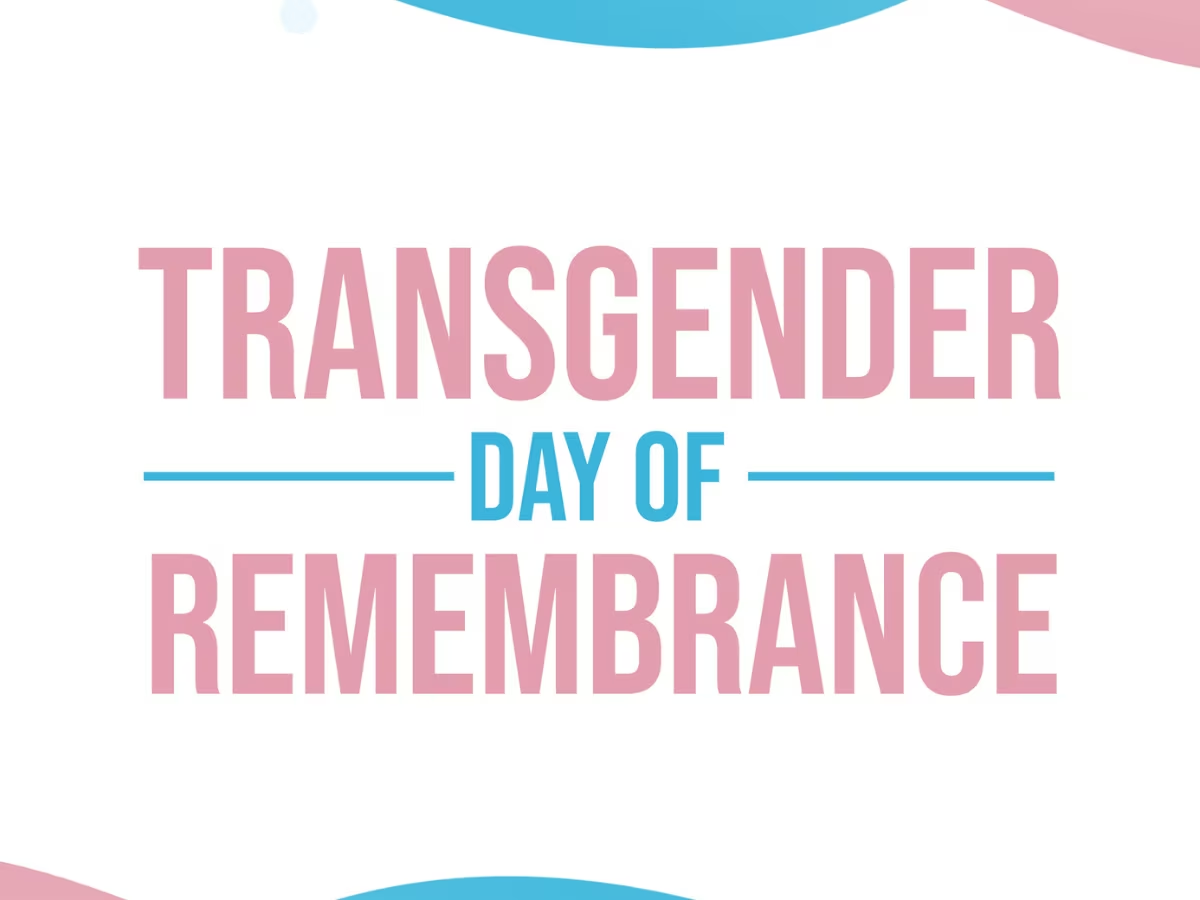When most people think about self-harm, they typically think of someone engaging in cutting or other self-injurious behavior that would cause an individual external physical harm and/or pain.
What many people do not realize is that engaging in eating disorder behaviors can be characterized as extreme forms of self-harm.
{{blog-button="/cta-buttons"}}
What is self-harm?
Self-harm occurs when an individual deliberately inflicts physical harm on themselves in order to manage uncomfortable emotions and/or punish themselves for what can sometimes be subjective and/or perceived transgressions.
These behaviors can be – but are not limited to:
- eating disorder behaviors (restriction, binging, purging, laxative abuse etc.)
- cutting
- burning
- head banging
- and more
Self-harm is a maladaptive coping behavior that can have negative short-term and long-term effects on physical and psychological health.
What is the function of self-harming behaviors?
Self-harm is most commonly used as a form of punishment or as a way to numb or avoid painful memories or feelings. For many individuals living with eating disorders, it is common to struggle with negative body image and negative self-worth which can drive urges to self-injure. With eating disorders, comorbid PTSD can be common, in which many individuals manage by using their eating disorder behaviors.
While it is important to validate each individual’s experience with traumatic events and why it makes sense that they would use eating disorder behaviors (self-harm) as a way to cope with frightening flash-backs or uncomfortable emotions, it is equally important that they understand the negative consequences of engaging in such behaviors. If more healthful skills are not practiced and implemented, self-harming eating disorder behaviors can become a dangerous cycle and a long-term habit.
Treatment and interventions for self-harm and eating disorders
The good news is there are many treatment modalities that are shown to be effective in treating eating disorders as a form of self-harm! Individual therapy can teach us healthy coping skills to manage challenging emotions. It is essential to practice the coping skills listed below when we are not in distress – so that when we are – they will feel easier to utilize in the moment.
Cognitive Behavioral Therapy (CBT)
Cognitive Behavioral Therapy teaches us to manage difficult emotions and reframe negative thoughts. An example of reframing a negative thought may look something like this:
Negative thought: “I am hopeless, what’s wrong with me? Why do I keep engaging in destructive behaviors?”
Cognitive restructuring: “Self-harm is my way to feel more in control. In therapy I can learn more adaptive ways to feel more in control, but suicidal thoughts and self-harm make sense after what I’ve lived through.”
Dialectical Behavior Therapy (DBT)
Dialectical Behavior Therapy teaches us grounding and mindfulness skills, distress tolerance skills and interpersonal effectiveness to cope with difficult emotions in a healthy way. Here are a few grounding skills to utilize when urges to self-harm are strong:
- Essential oils
- Holding a frozen orange
- Listening to music
- Deep breathing
- Calling a support
- Counting all of the red objects in the room
- Positive mantra
We’re Here to Help
It can be extremely challenging to reach out for support when experiencing an eating disorder like anorexia nervosa, bulimia nervosa, binge-eating disorder, or others. Self-injurious behavior can often leave people feeling isolated and experiencing feelings of shame and guilt. It is okay to disagree with your eating disorder; in fact we encourage you today to make one small step towards recovery by saying “no” to your eating disorder!
We know finding eating disorder treatment can be tough. Monte Nido is here for you. If you are concerned that you, or a loved one, may have an eating disorder, please reach out to us.
{{blog-button="/cta-buttons"}}




.svg)



